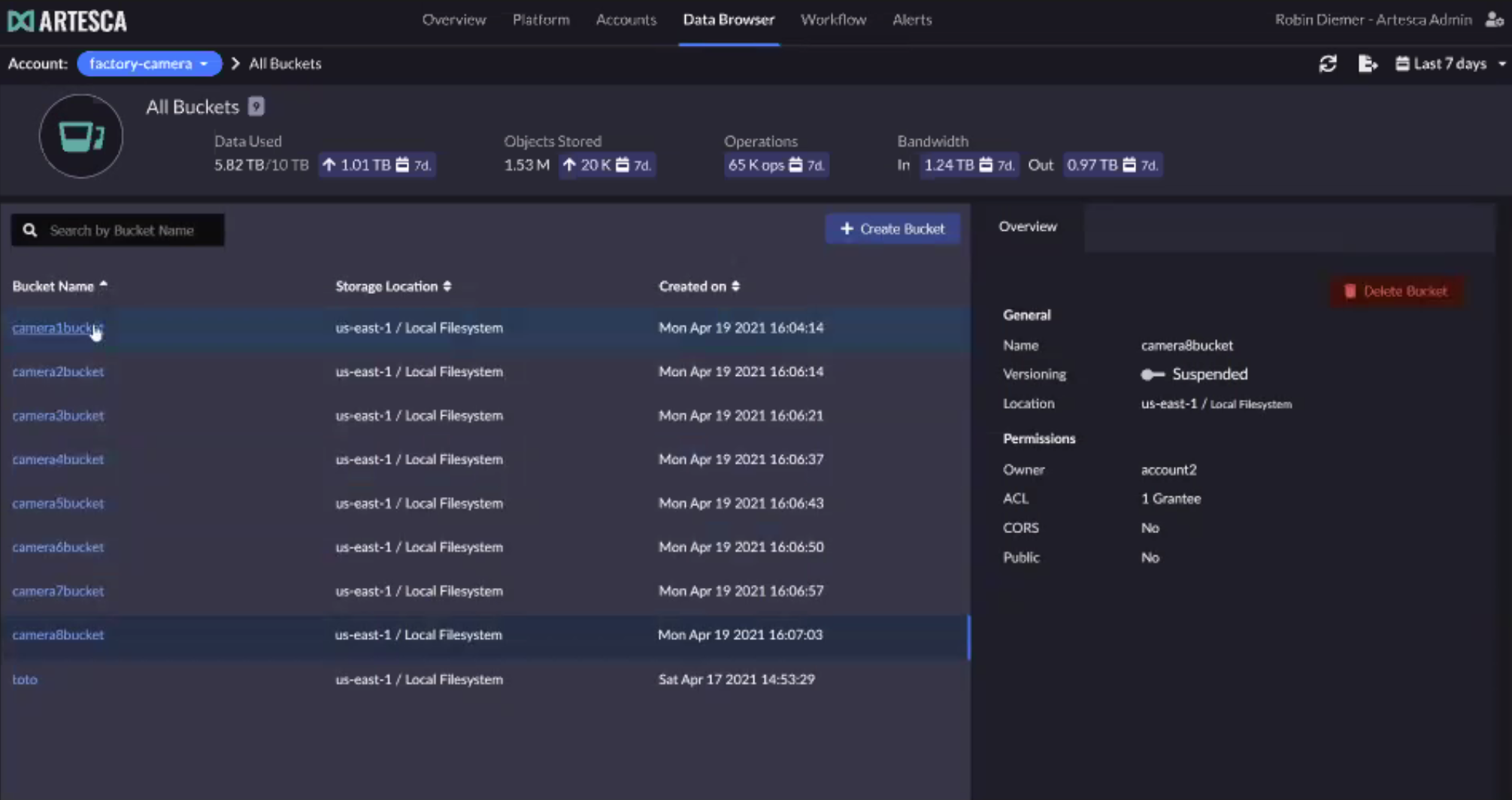Following the recent launch of Scality ARTESCA with Tech Field Day I have been investigating the architecture behind ARTESCA a little bit more.
If you would like to read more about the architecture behind Scality ARTESCA check out this whitepaper > https://go.scality.com/l/893901/2021-05-11/3zjqn/893901/1621255966fkouGUtc/artesca_wp_v4.pdf
Depicted within this doodle is the ARTESCA architecture which is able to be deployed in a single node configuration prior to scaling via multiple nodes to petabyte scale. ARTESCA runs within containers on Kubernetes (MetalK8’s today) and is accessed using the standard S3 protocol which makes it easy for developers to quickly and easily develop against whilst the UI, replication features and more will give IT operations confidence to manage through into production.
Initially, ARTESCA is exclusive with HPE for 6 months and is available with a wide variety of configurations, these include all-flash, hybrid and hard disk-based configurations to meet the needs of the individual workloads. There is also a 50TB starter licence available free of charge for you to try prior to scaling further. It is not yet known what will happen after the first 6 months but I assume it will be available as a software-only solution as well as continuing to be made available by HPE and maybe others.
Within ARTESCA there has been a lot of consideration made into the availability of data with local codes to protect against data loss from disk failure as well as parity stripes to protect against simultaneous disk failures, network repair codes for multi-node solutions and of course multiple replication options not only to ARTESCA but also to their RING product and cloud-based S3 storage.
ARTESCA is a really interesting solution for object storage requirements, it is software-based, leverages Kubernetes, has multiple configuration options to meet edge and core use cases and unites developers and operations by offering ease of adoption for developers via the use of the S3 protocol, Kubernetes architecture and full API and for operations, it is easy to manage and monitor, has full monitoring capabilities and is backed by HPE! What’s not to like!










